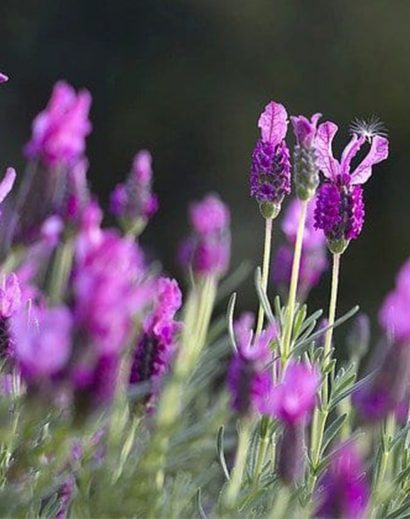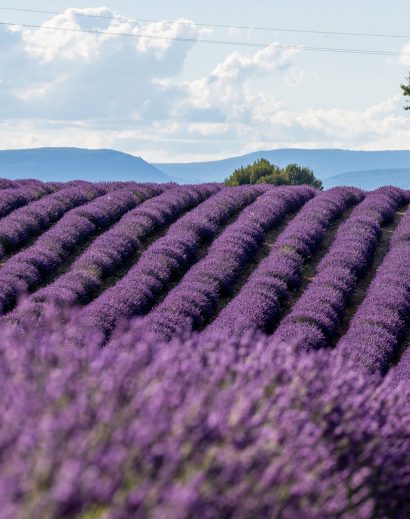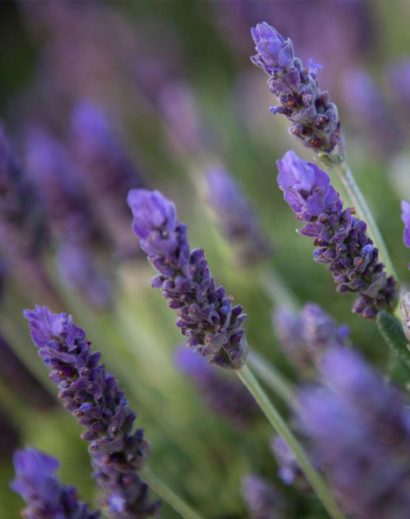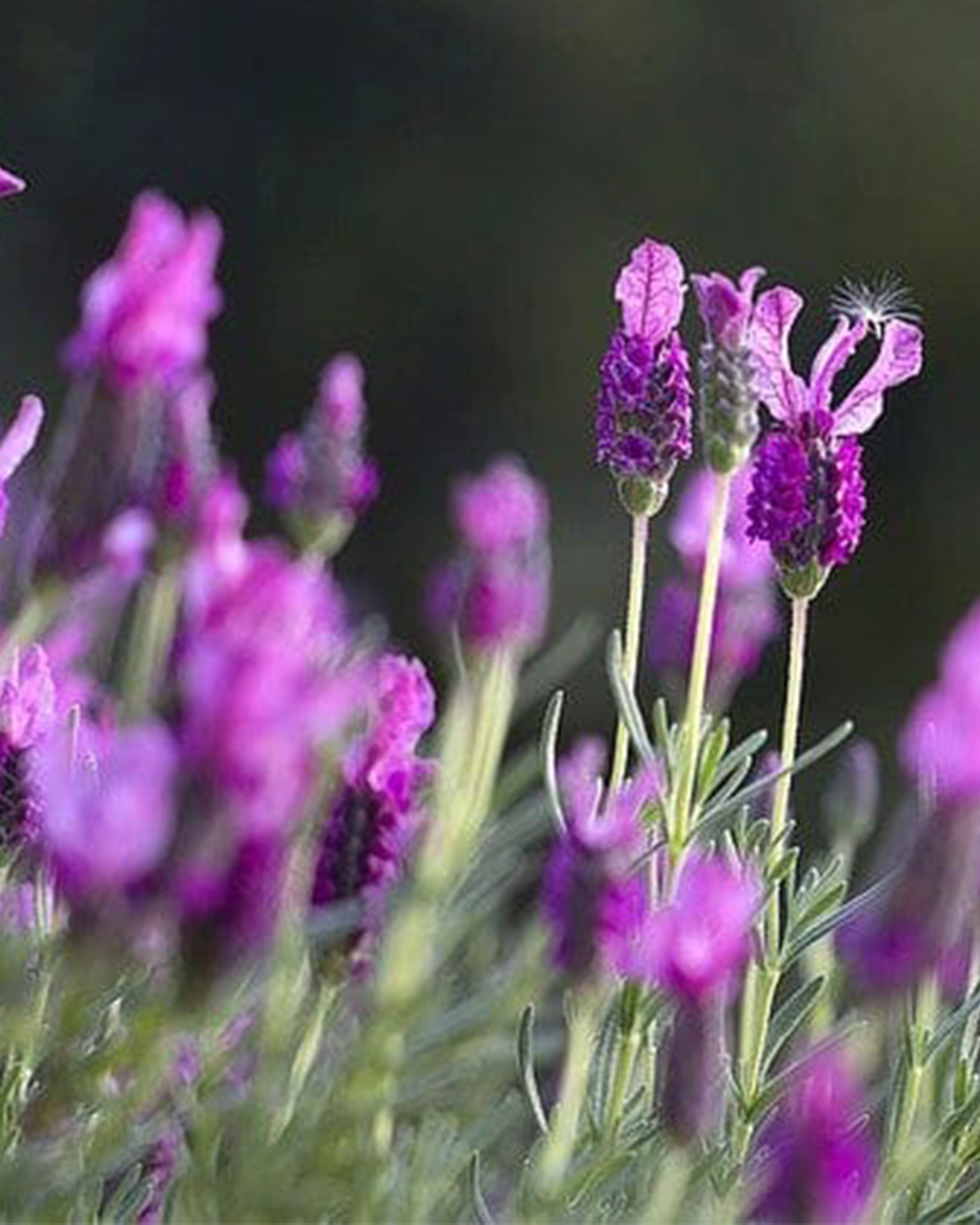French lavender, scientifically known as Lavandula dentata, is a fragrant herb that is native to the Mediterranean region, particularly in Southern France and Spain. It is a member of the Lamiaceae family, which includes many aromatic herbs like rosemary, thyme, and basil. Here are some key characteristics and uses of French lavender:
- Appearance: French lavender is an evergreen shrub that typically grows to a height of 1 to 3 feet (30 to 90 cm). It has gray-green, narrow, toothed leaves that are highly aromatic. The leaves have a slightly serrated or toothed edge, which distinguishes it from other lavender varieties.
- Flowers: The most distinctive feature of French lavender is its fragrant flowers. These flowers grow in spikes at the top of slender stems. The flowers are usually purple or lavender in color, but they can sometimes appear pink or white. The flower spikes have a tufted appearance due to the way the individual flowers cluster together.
- Fragrance: French lavender has a sweet and slightly fruity fragrance that is milder compared to other lavender varieties like English lavender (Lavandula angustifolia).
- Culinary Uses: While French lavender is not as commonly used in cooking as English lavender, it can still be used in culinary applications. The leaves and flowers can be used to flavor baked goods, desserts, and even savory dishes. It’s important to use it sparingly, as the flavor can be quite strong.
- Aromatherapy and Essential Oil: French lavender is often used in aromatherapy and for producing lavender essential oil. The essential oil is believed to have calming and soothing properties and is used in various products like lotions, candles, and diffusers.
- Ornamental Plant: French lavender is a popular choice for ornamental gardens due to its attractive flowers and aromatic foliage. It is often used in landscaping for its ability to attract pollinators like bees and butterflies.
- Medicinal Uses: Like other lavender varieties, French lavender has been used in traditional herbal medicine for its potential calming and stress-relieving properties. It is sometimes used in herbal remedies and teas for its soothing effects.
- Drying and Crafting: The dried flowers and stems of French lavender can be used in potpourri, sachets, and crafting projects. They retain their fragrance when dried, making them popular for decorative and aromatic purposes.
When growing French lavender, it thrives in well-drained, sandy or gravelly soil and prefers full sunlight. It’s important to prune the plant regularly to maintain its shape and encourage new growth. Additionally, French lavender is often less cold-hardy than English lavender, so it may require protection from harsh winter conditions in some regions.





Reviews
There are no reviews yet.